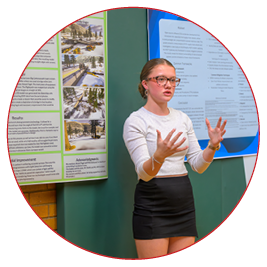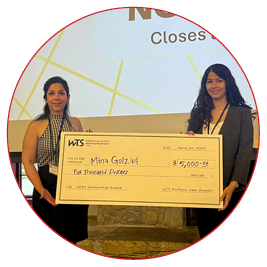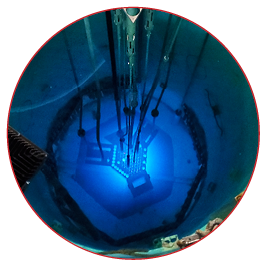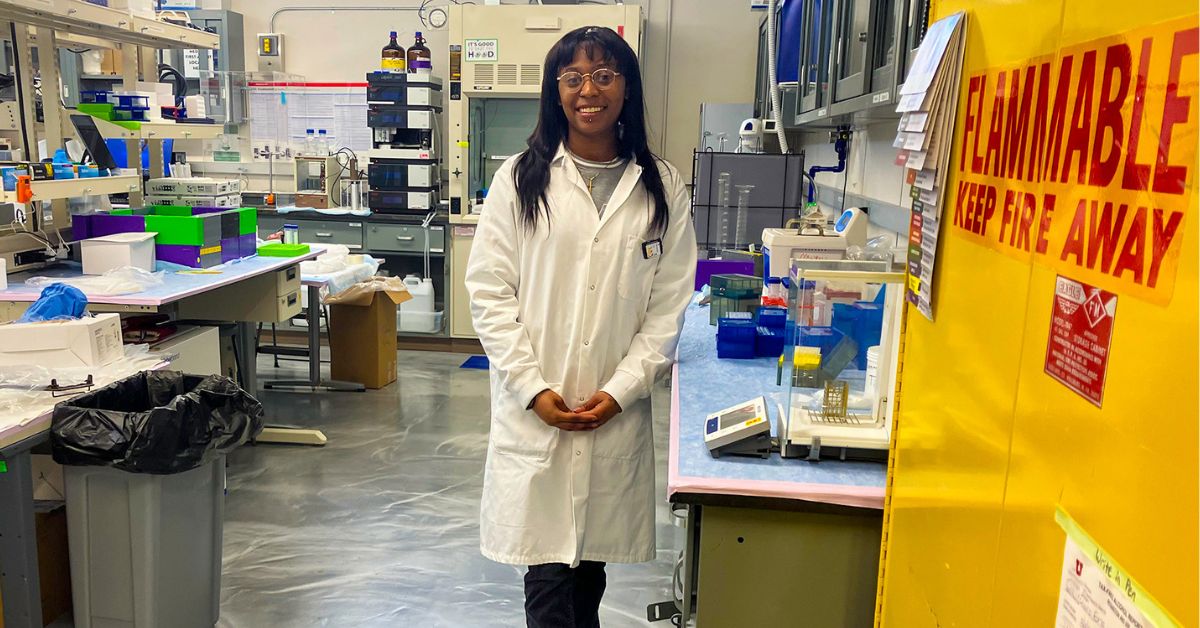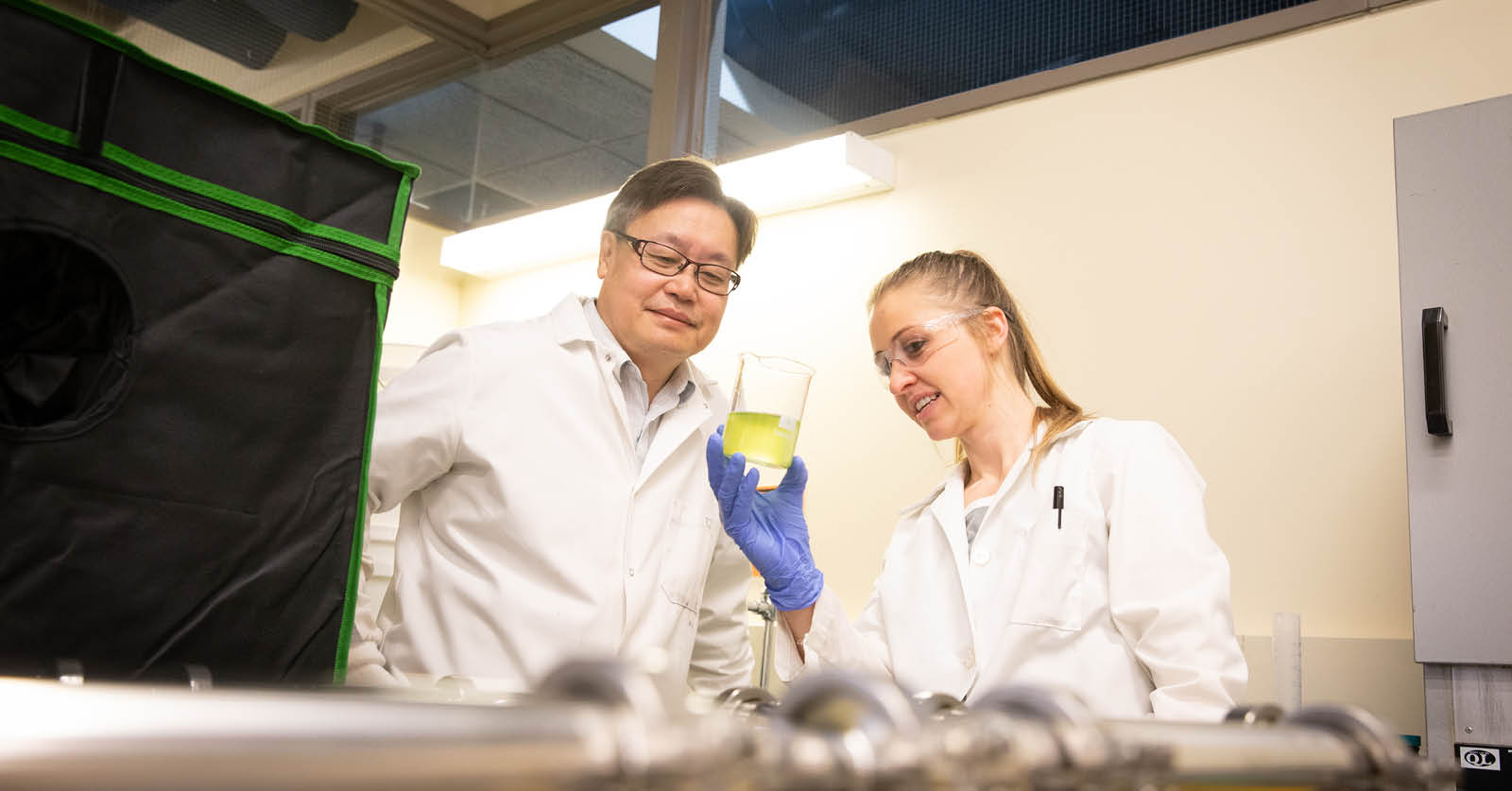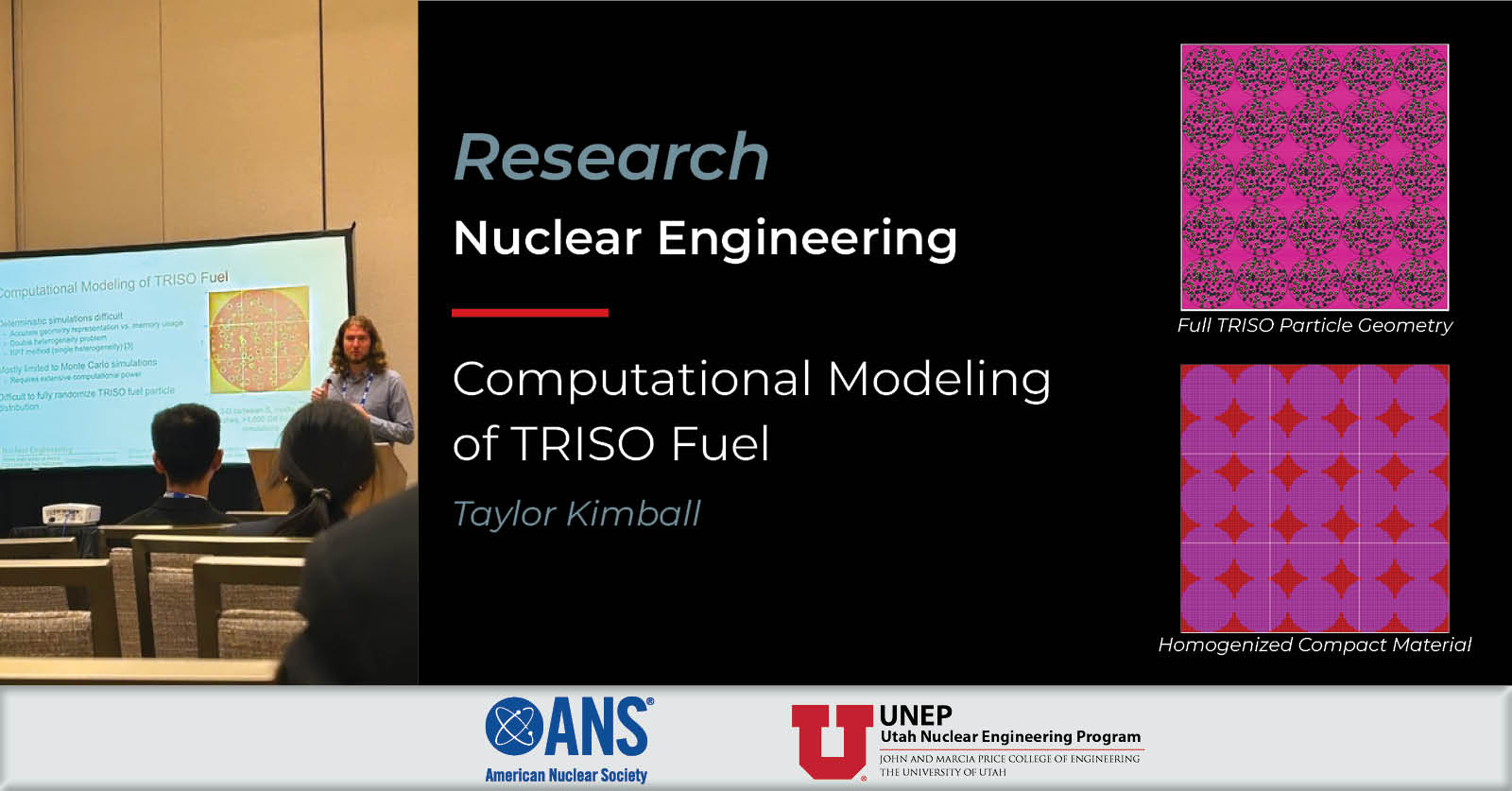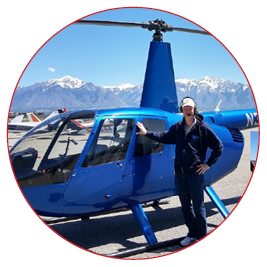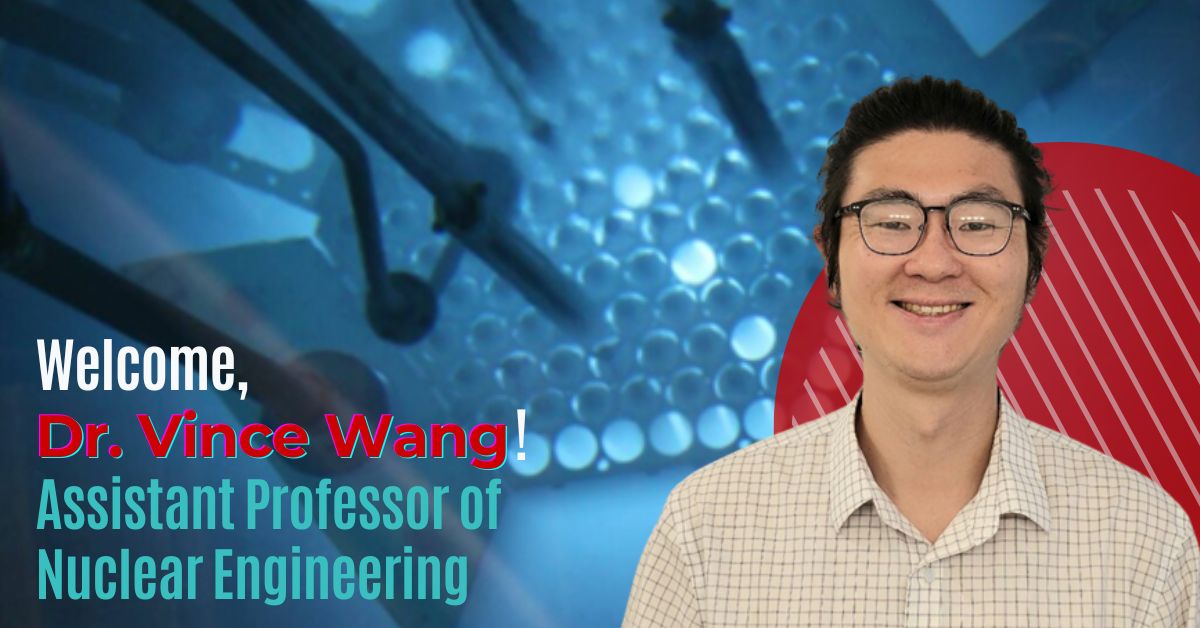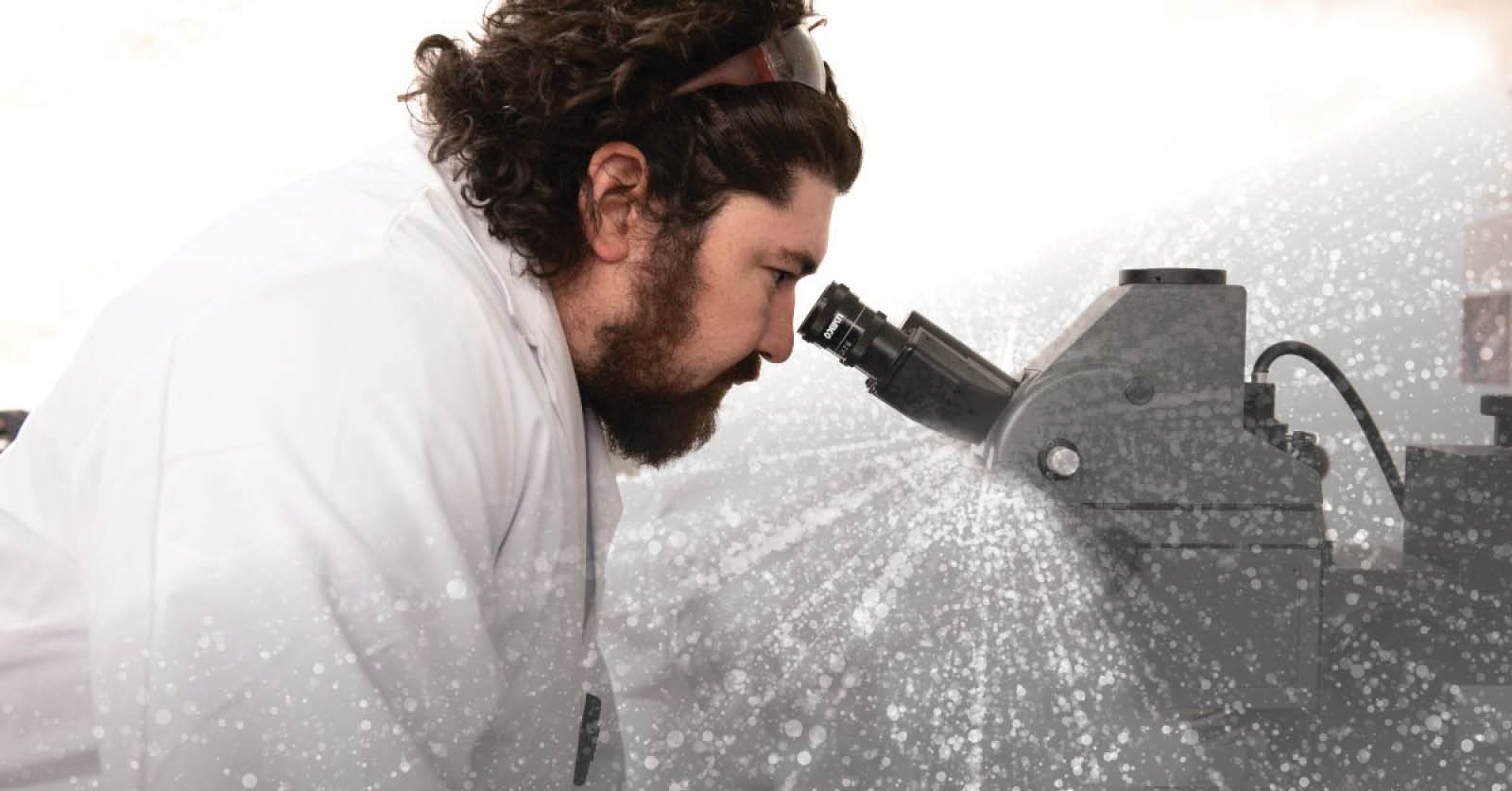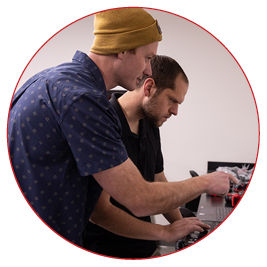Three Student Researchers Earn National Recognition for Nuclear Engineering
Three University of Utah students from Dr. Michael Simpson’s research group have been named winners in the U.S. Department of Energy’s 2025 Innovation in Nuclear Student Competition—placing Utah among just three universities nationwide with more than one student recognized.
The national competition honors student-authored research papers in cutting-edge nuclear energy science. The three U winners—two Ph.D. students and one undergraduate—represent departments across the College of Engineering and are affiliated with the Utah Nuclear Engineering Program (UNEP).
Mario Gonzalez (Ph.D. candidate, Metallurgical Engineering) earned an Award of Excellence for his paper demonstrating a cost-effective way to recycle used nuclear fuel using a novel iron anode in molten salt electrochemical processing. He currently serves as Deputy Director of the Nuclear Pyrometallurgy Laboratory and is preparing to defend his dissertation this summer.
Forest “Indy” Felling (Ph.D. candidate, Materials Science & Engineering) received Special Recognition for his work developing electrochemical techniques to measure calcium oxide concentration in molten salt—a key step in enabling economical used fuel recycling. Forest is completing his Ph.D. while working at TerraPower on the Molten Chloride Fast Reactor.
Jon Dromey (B.S., Mechanical Engineering, ’25) won the Undergraduate Award for a paper developed in collaboration with Idaho National Laboratory. His modeling research explores zone refining to separate actinides from fission products in metallic nuclear fuel—a promising method for reducing fuel recycling costs in fast reactors. Jon now works at TerraPower on the Natrium reactor project.
“Each of these projects tackles one of the most critical challenges in nuclear energy—how to close the fuel cycle affordably and at scale,” said Dr. Simpson, Professor of Materials Science & Engineering and UNEP-affiliated faculty. “Their work is not only academically rigorous, but it’s immediately relevant to the next generation of nuclear technology.”
The students’ work stems from research in Dr. Simpson’s Nuclear Pyrometallurgy Lab, a UNEP cornerstone dedicated to molten salt chemistry, advanced reactor systems, and fuel cycle innovation. The lab shares facilities with UNEP faculty, including program director Dr. Supathorn Phongikaroon and Dr. Tara Mastren.
These students’ achievements reflect the hands-on, collaborative environment at the University of Utah—where students can gain real research experience across disciplines that prepares them to lead in the evolving landscape of nuclear science and engineering.
Nuclear Engineering at the University of Utah
With a commitment to innovation and excellence, the Utah Nuclear Engineering Program (UNEP) aims to push the boundaries of multidisciplinary nuclear-related fields. UNEP’s overarching goal is to continually make strides in the advancement of multidisciplinary nuclear-related fields such as actinide synthesis, electronics nesting, energy, and more.
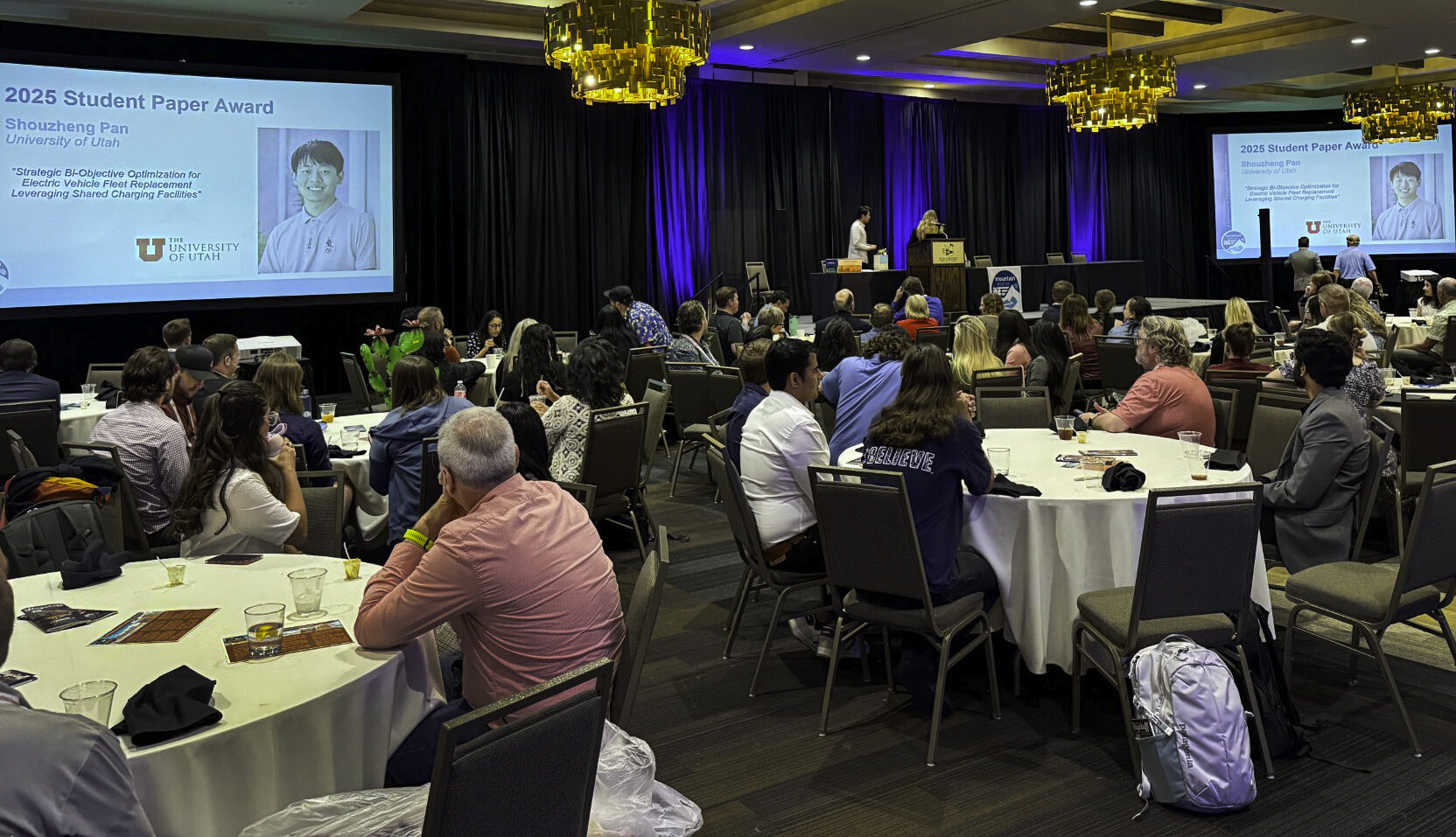

Fengze Yang, left, networking at the ITE Conference.

Shouzheng Pan, right, receiving the Best Paper Award.
More news from our Department
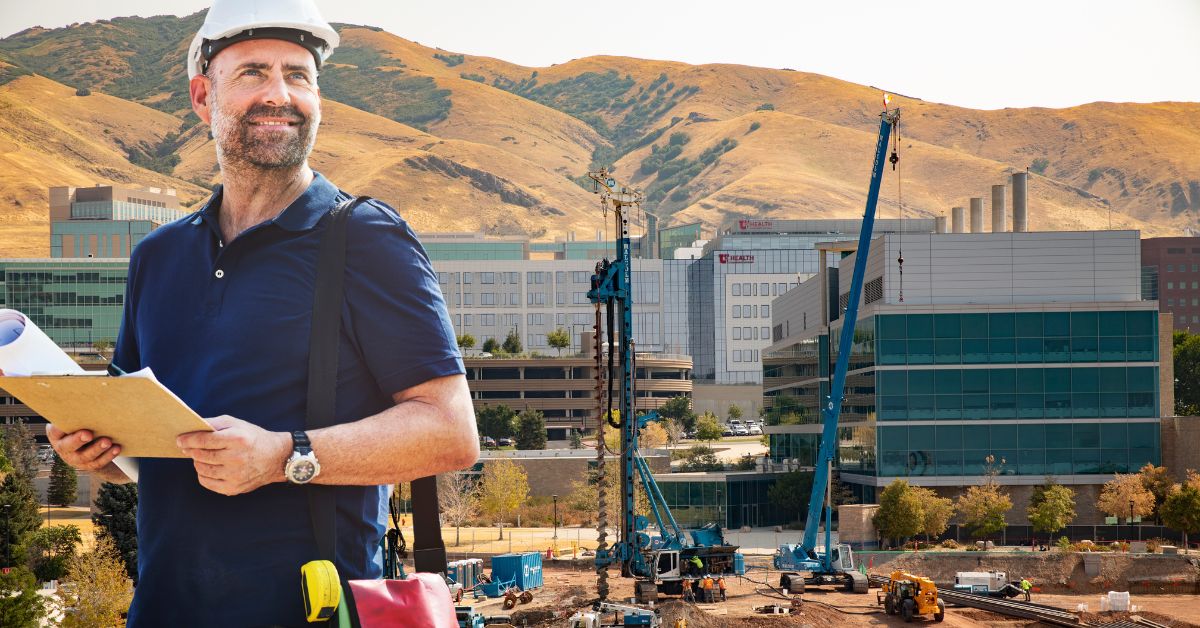
Creating Construction Leaders: New Online M.S. in Construction Engineering
The University of Utah’s Department of Civil & Environmental Engineering (CvEEN) now offers a fully online Master of Science in Construction Engineering. Designed for working professionals and recent graduates alike, this flexible, industry-focused program delivers advanced training in project management, sustainable construction, cost estimating, and more. Learn from faculty with deep industry ties while balancing […]

Hung-Po Cheng is Using AI to Make Roads Safer
Hung-Po Cheng didn’t just come to the University of Utah to earn an engineering Ph.D.—he came to create a real-world impact by making the roads we travel every day just a little safer. With a passion for data-driven safety solutions and a vision for smarter cities, Hung-Po is using artificial intelligence to improve traffic safety. […]
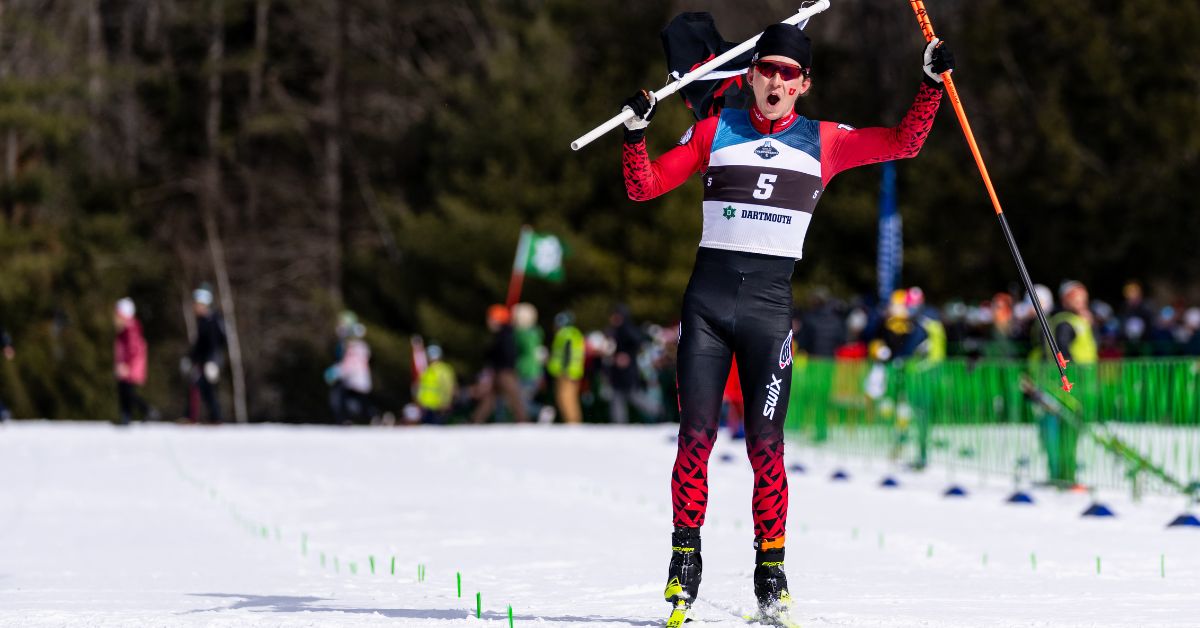
Student Spotlight: Joe Davies Finishes Skiing Career as National Champion
Joe Davies, a Civil & Environmental Engineering student graduating in Fall 2025, capped off his collegiate skiing career in unforgettable fashion—by becoming a national champion. At the 2025 NCAA Championships hosted by Dartmouth College, Davies dominated the 20K freestyle, claiming first place in the men’s race with a commanding lead of over a minute. His […]
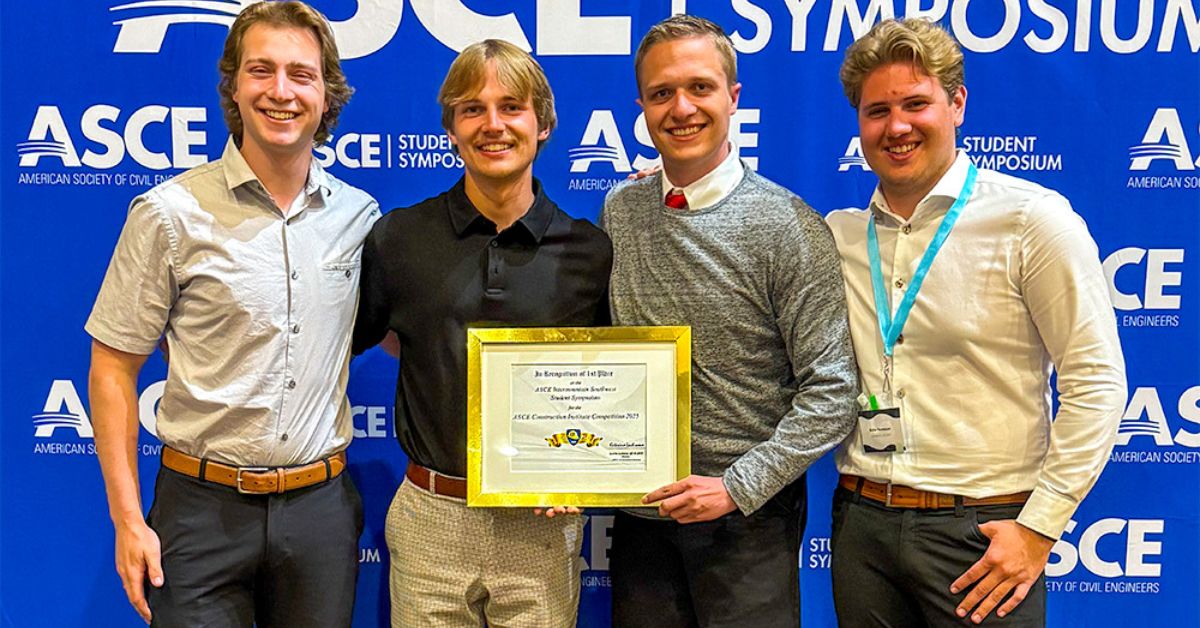
University of Utah ASCE Student Chapter Celebrates Back-to-Back Top Honors
The 2024–2025 academic year was another success for our ASCE Student Chapter, marked by national recognition, regional competition success, and an incredibly active and dedicated student body. Throughout the year, the chapter was led by a passionate group of student leaders and the steady guidance of long-time faculty advisor Dr. Christine Pomeroy. For the second […]


